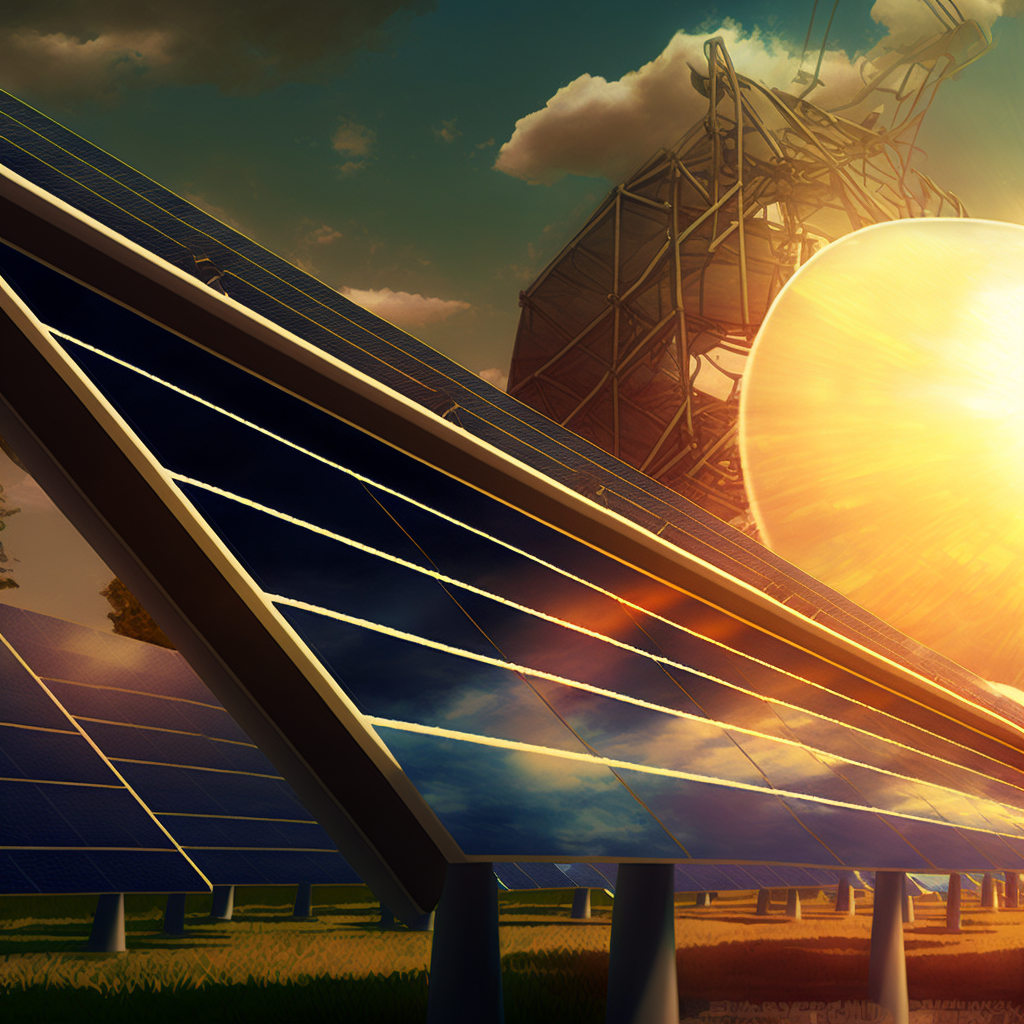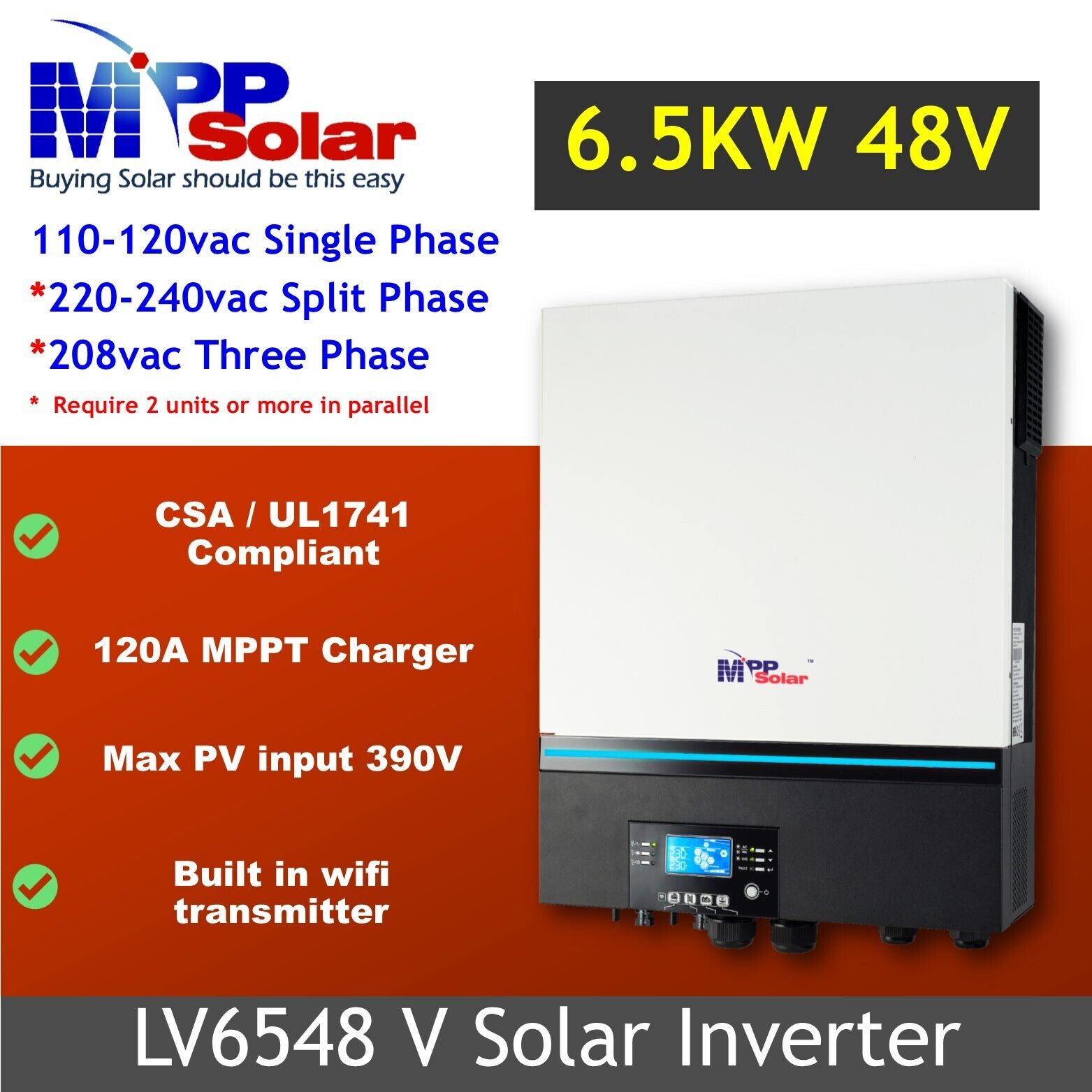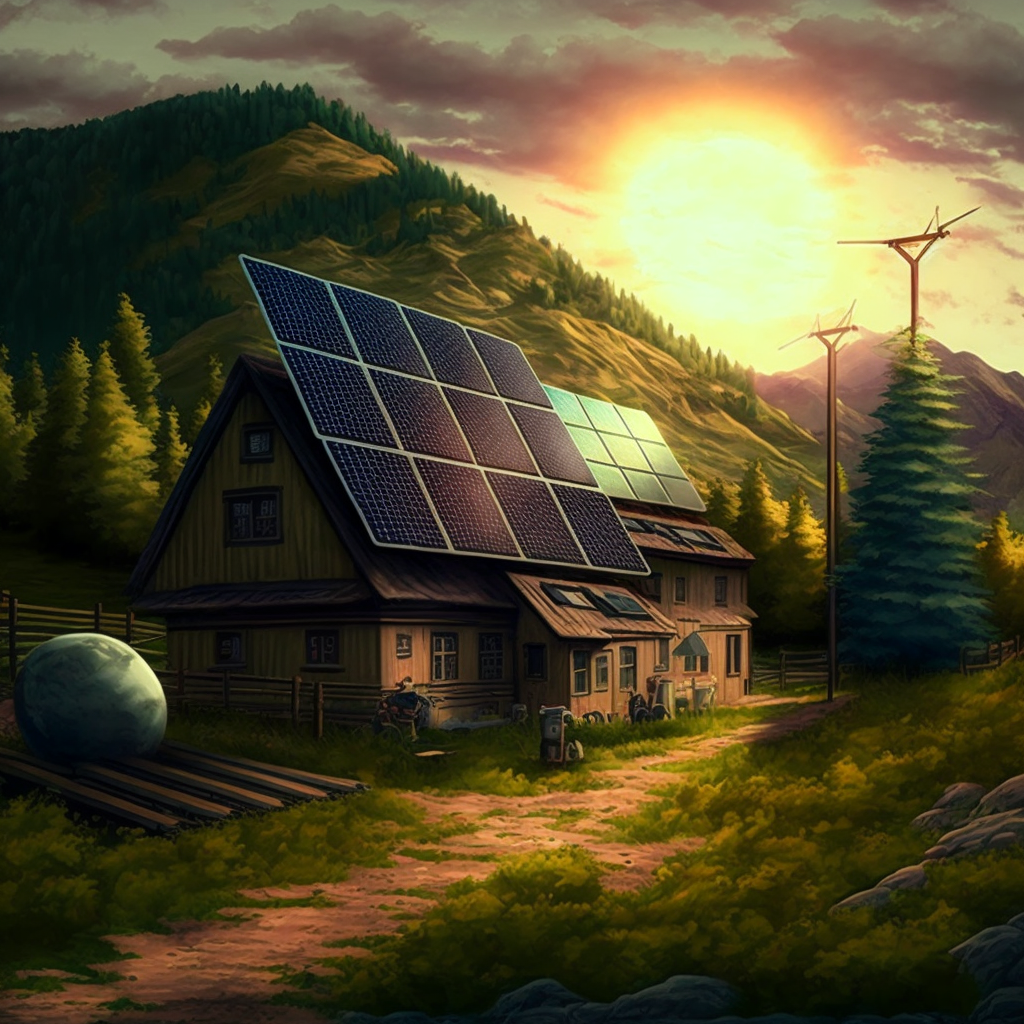There are various reasons why it is important to clean your solar panels. In areas with a lot of rain, using a pressure washer can help keep your panels clean. Another option is to use a garden hose for effective cleaning. Whichever method you decide to use, it is essential to make sure that the panels are completely dry before storing them.
Cleaning solar panels
Cleaning solar panels is a necessary part of solar panel maintenance. Experts recommend that solar panels be cleaned at least six times per year. You may not need to clean your solar panel as often if it is located in a dry area. Rainwater contains impurities that leave a film on the panel’s glass. In snowy areas, snow can also accumulate on the panels. Cleaning frequency also depends on panel placement. Panels that face pollen-producing trees should be cleaned more frequently than those upwind. To clean your panels properly, inspect them every week and remove any debris.
Solar panels don’t need to be cleaned often. Rainwater will remove most of the debris but not bird droppings. This can significantly reduce the output of your solar panels. It is a great way for you to protect your investment and maximize your tariff. Cleaning your solar panels will also help your panels run more efficiently.
To clean solar panels properly, you need to use soft materials such as a soft cloth or a chamois. Using soft materials helps avoid scratching the panels. Use a mild soap and water. After washing them, rinse them well and let them dry in the sunlight. The panels may get quite hot if they are left out in the sun for an extended period of time, so try to plan your cleaning sessions early in the morning or late in the evening.
For a more detailed cleaning, you can hire a service. Professional cleaners can clean the panels with waterless vibrations or robots. Other methods include basic cleaning instruments like brushes and water.
Cleaning solar panels with a garden hose
Using a garden hose to clean solar panels can be effective in removing dirt and debris that has accumulated on them over time. Simply stand in a safe area and spray the panels using soapy water. Rinse thoroughly. You can even use a soft brush to target problem areas. Just remember to clean gently and not aggressively, as the excess water may scratch the panels.
You may use a garden hose to clean your solar panels, but do not use a high-pressure hose insert because this can scratch the glass surface of the panels. This could affect the panels’ efficiency and void their warranties. You can avoid scratching the panels’ glass surface with a regular gardenhose equipped with a spraynozzle. You may also use a telescopic hose wand, which will allow you to reach the top of the panels easily.
Solar panels should be cleaned in the morning and at night. Because the water evaporates quickly during midday, it is best to avoid cleaning solar panels. This will reduce their efficiency. The panels may also crack if they are not watered during the day.
To properly clean solar panels, you should use a mild cleaning solution that is non-toxic. Avoid harsh chemicals and use soft-bristle brush. Use mild soap and water. Use a soft-bristle toothbrush to gently remove any dirt or debris. After the panels are cleaned, dry them in the sun. It’s important to note that solar panels can get quite hot during the summer, so try to clean them early in the morning or late in the evening.
Cleaning solar panels with a garden hose should not be an arduous task, but you should be prepared to invest in some special cleaning tools to prevent the panels from becoming damaged. A soft sponge or brush, deionized or distilled water, and special solar panel cleaning liquid soap are essential for a clean and safe solar panel. When cleaning solar panels, you should also make sure that you’re standing on a stable platform and have someone with you at all times.
Cleaning solar panels with a pressure washer
While high-pressure water sprayers can be useful, they can also damage solar panels. For small installations, a simple manual approach is the best. For best results, use a hose and bucket of soapy water. Apply the soap with a non-abrasive sponge, and rinse with clean water. Solar panels can be damaged by high-pressure water, so do not use a pressure washer.
Make sure you read the instructions on how to clean your solar panels before cleaning them. Cleaning the panels will decrease their output by about 5%, but you can get them back to normal power output after the next rain. Pick a sunny day and avoid rain to clean the panels. If you do end up cleaning the panels, take extra precautions to avoid burns. Moreover, remember that the water that you spray onto the panels evaporates quickly and leaves residue behind, reducing their efficiency.
The first step in cleaning solar panels with a pressure washer is to make sure that there are no stains or debris on the panels. Make sure not to mix the cleaner with any other materials. Also, make sure to start from the top of the panels and use a wide brush to clean them. To prevent them from getting wet, you can place plastic boards on the panels.
If you are unable to reach the panels, you might consider hiring a professional to clean them for you. A professional will have the proper experience and know how to use a pressure washer safely. Professionals will ensure you get the best results and minimize your risk of injury.
Solar panels can be cleaned with rainwater
Cleaning solar panels with rain is not an ideal solution for a solar energy system. Rain may not be enough to remove all the dust and other pollutants. Rainwater can mix with contaminants on panels, causing energy losses. According to a study in Spain, a long dry spell can result in up to 20% energy loss. In addition, the efficiency of a solar energy system will decrease as the dry spell lengthens.
To clean solar panels with rain, it is best to pitch them slightly. The pitch must be approximately five degrees to get a thorough cleaning. Experts recommend cleaning solar panels every three weeks during the dry season. Rain will wash off the loose dirt, but will not remove the baked-in dirt. Moreover, a clean solar panel will look dingier after the rain than it did before.
Solar panels can also be less efficient in the hottest parts of the day. Thus, it is best to clean them in the morning. Moreover, do not use hot water while cleaning solar panels because it can cause the glass to crack. It is better to use low temperatures water for cleaning solar panels. This will decrease the time and water required to clean.
You don’t have to hire a professional cleaner if you don’t want to. You can clean your solar panels yourself using the materials you already have at home. To clean your solar panels, you can use clean water, mild soap, and a soft brush. For best results, you should use water that is free of any detergent. If you are cleaning large areas of the panels, you may only need to use detergent. However, it is best to use a mild detergent to avoid any damage to the panels.
Solar panels can be cleaned in the rain
Although some people believe rain is bad, it can actually clean solar panels. In fact, a recent University of San Diego study shows that even short rain showers can help solar panels become free of dust and grime. Energy production can be affected by dirt and grime. Additionally, panels can be cleaned with rain to save money on utility bills.
It is a great idea to clean solar panels in the rain, but it is important to shut off the power before you start. The rain will help wash away dirt particles and prevent them from settling into the corners. Rain may not completely remove bird droppings. You can wash the dirt off with a garden hose if the rain stops. However, you should not direct water in the space between the roof and panels.
In addition to using a bucket of soapy water, you should also use a telescopic hose wand for a more secure grip. To clean trouble areas, you can also use a soft toothbrush. However, be sure not to scrub too hard, as this can scratch the solar panels.
You should also try to clean the solar panels during a cool day to minimize the risk of soapy residue. This is because cold water can cause cracks on hot glass. The efficiency of solar panels can be affected by smears or residue. Always remember to use warm water and dish soap when cleaning your solar panels. Make sure not to touch the panels’ wiring underneath, as this can lead to premature failure.
The rain can also wash away dirt and dust from solar panels. Even a tiny amount of dirt can affect efficiency by as much as 5%. This is $20 worth of wasted energy.
Hi, I’m Emma. I’m the Editor in Chief of Tiny House 43, a blog all about tiny houses. While tree houses are often associated with childhood, they can be the perfect adult retreat. They offer a cozy space to relax and unwind, surrounded by nature. And since they’re typically built on stilts or raised platforms, they offer stunning views that traditional homes simply can’t match. If you’re looking for a unique and romantic getaway, a tree house tiny house might just be the perfect option.
















